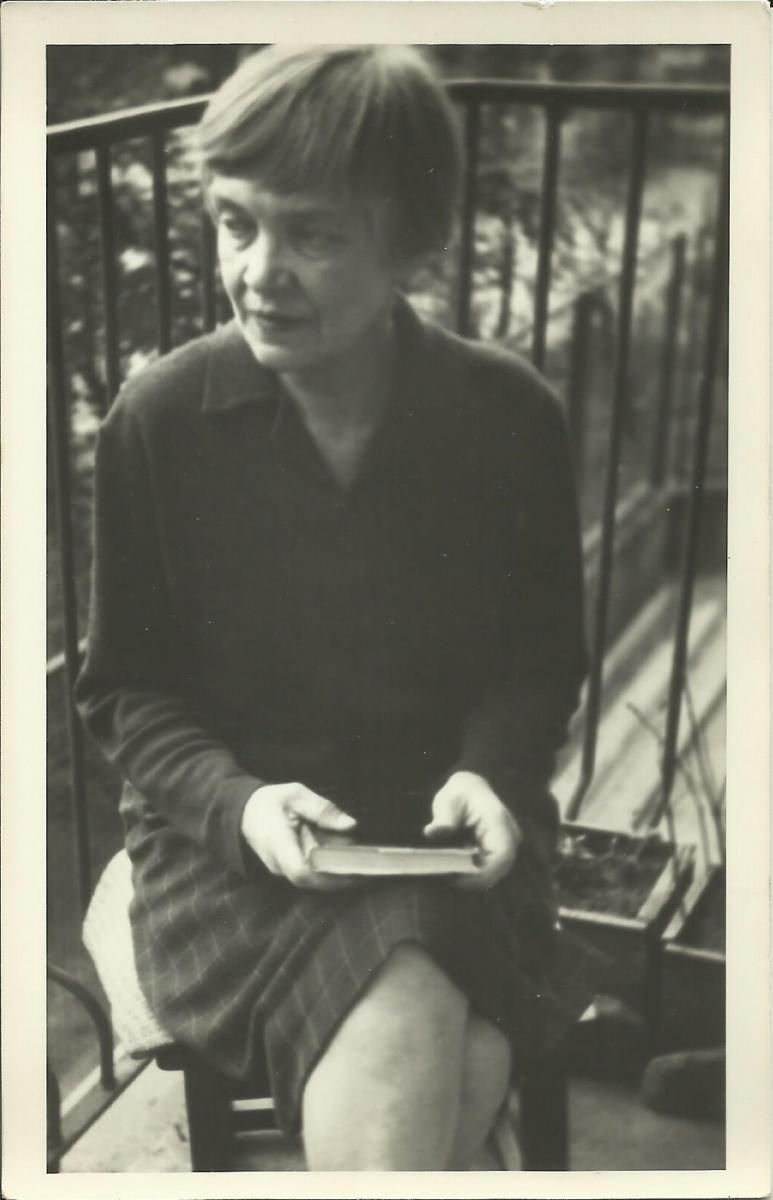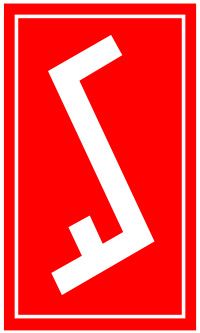Janina Kłopocka
Mediathek Sorted
-
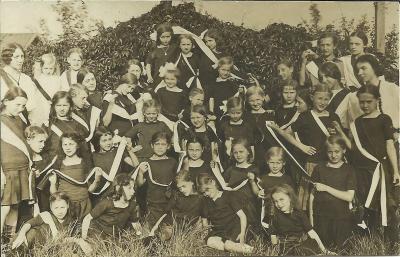
-
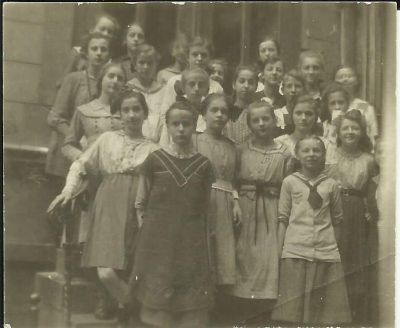
-
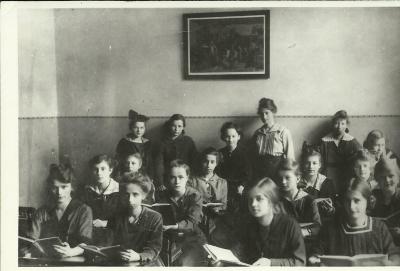
-
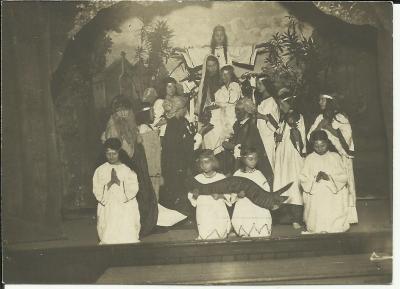
-
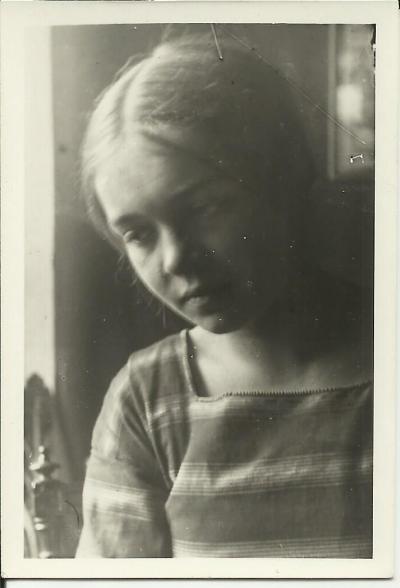
-
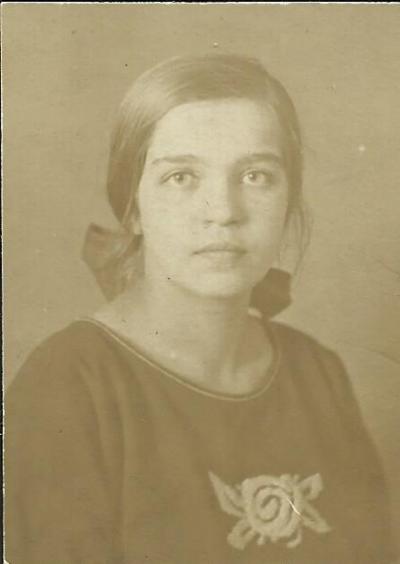
-
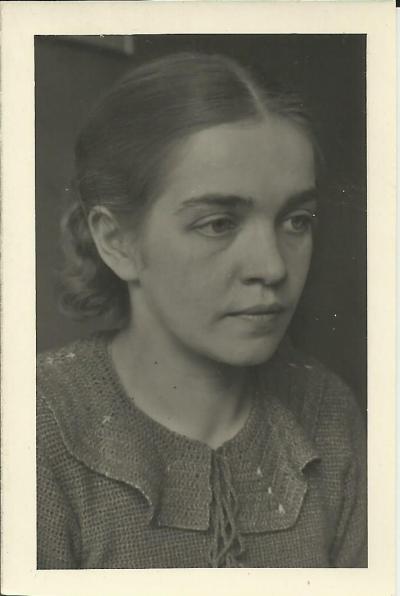
-
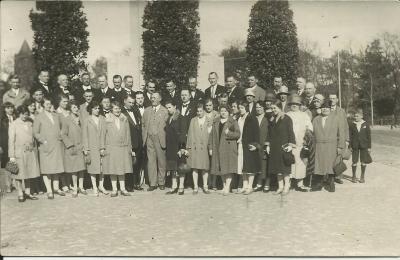
-
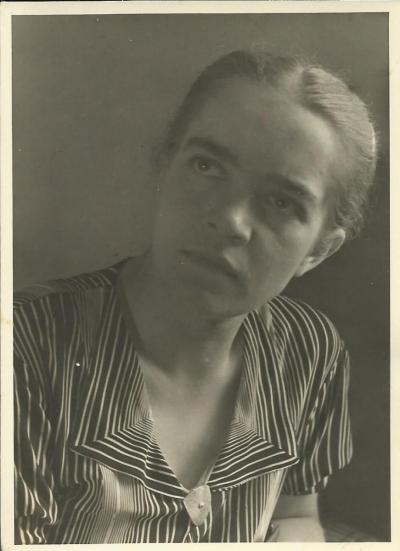
-
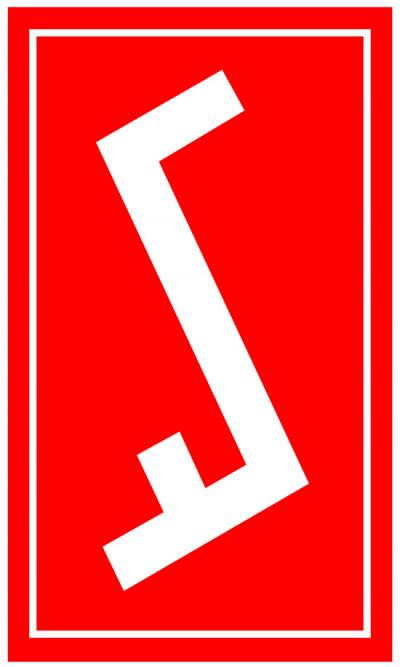
-
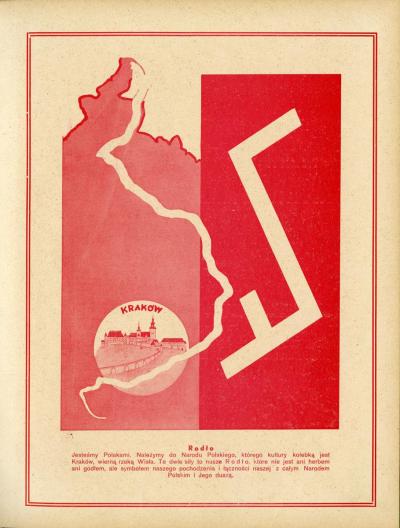
-
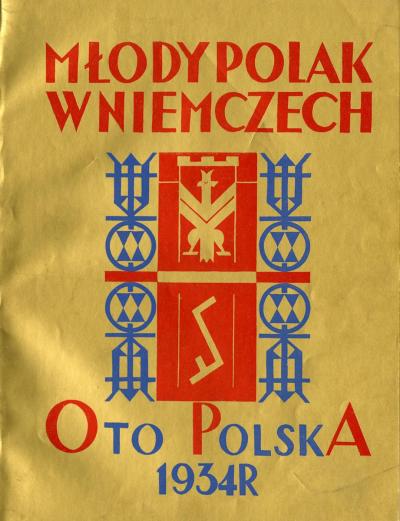
-
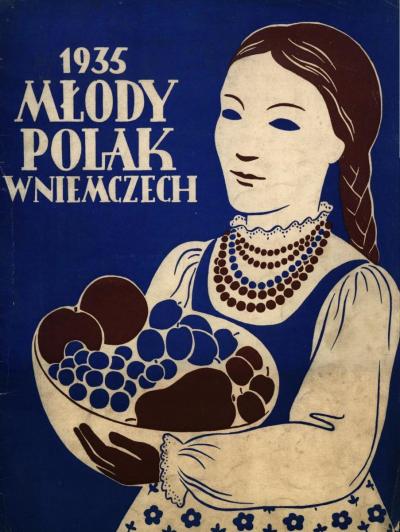
-
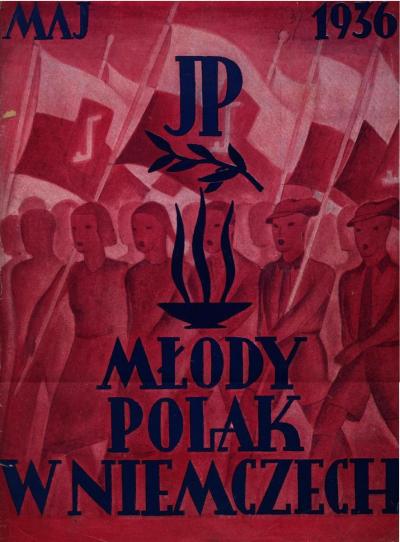
-
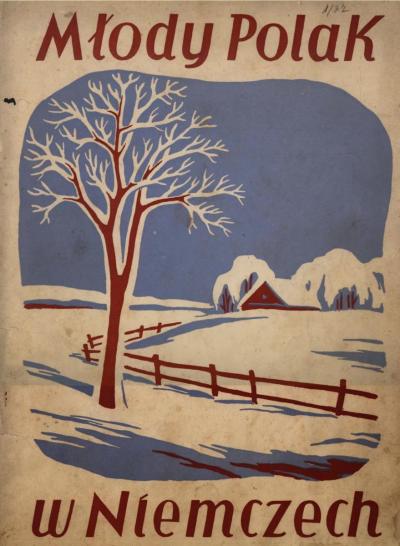
-
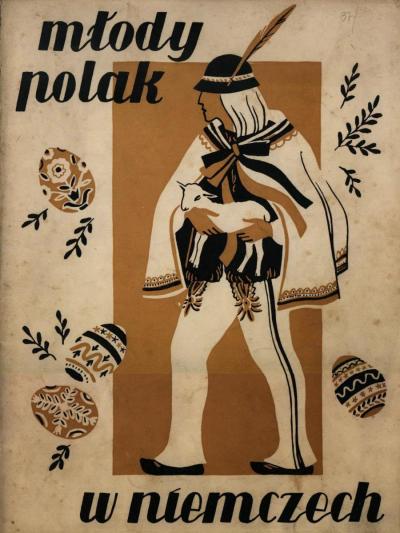
-
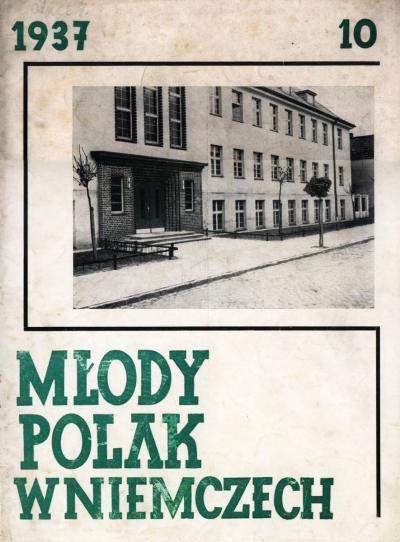
-
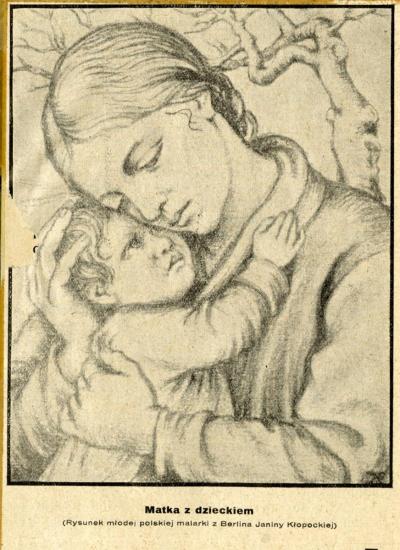
-

-
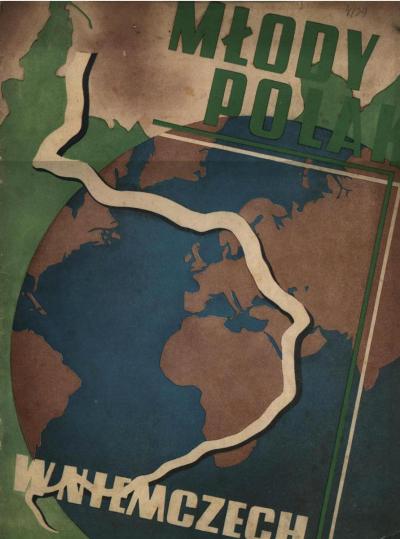
-
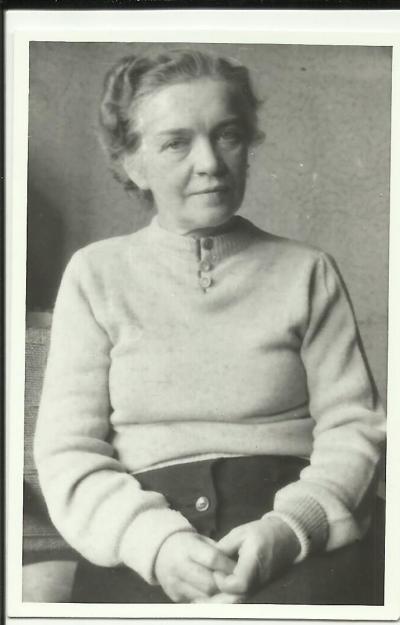
-
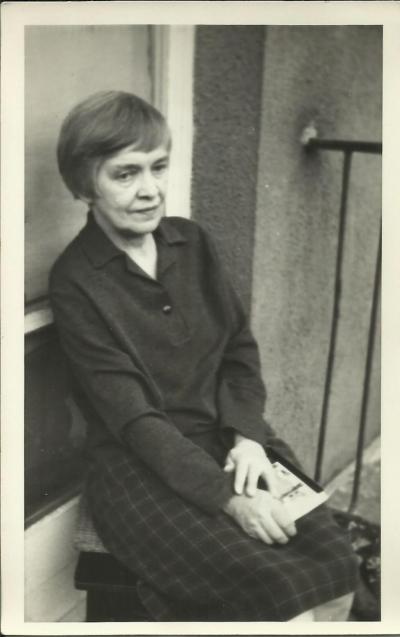
-
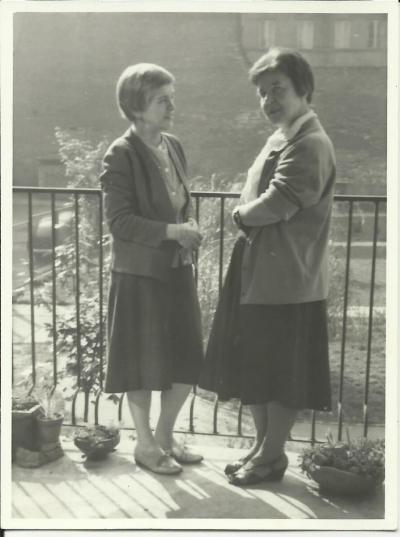
-
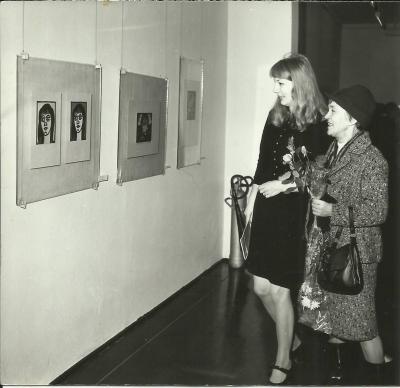
-
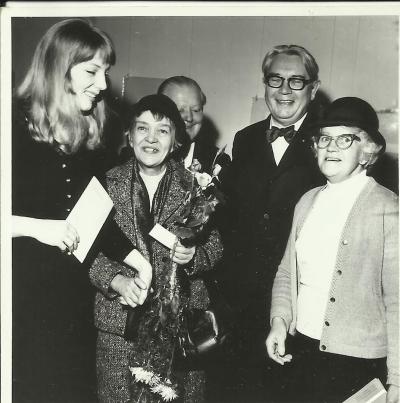
-
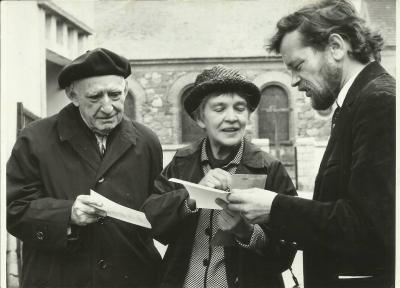
-
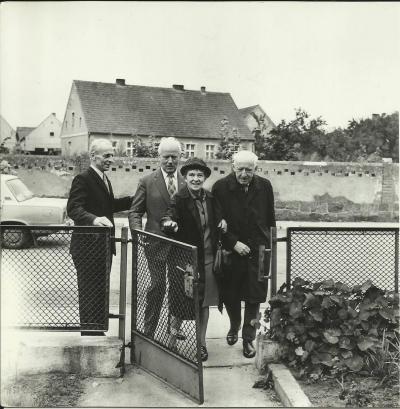
-
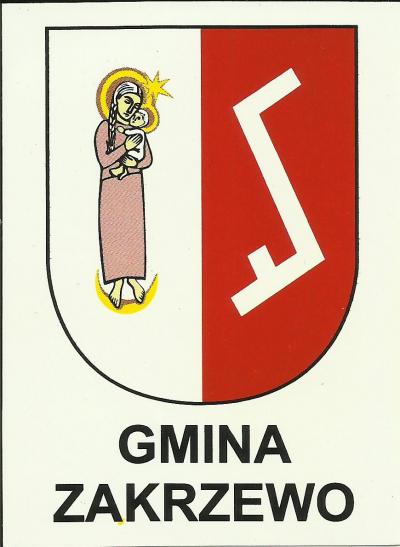
-
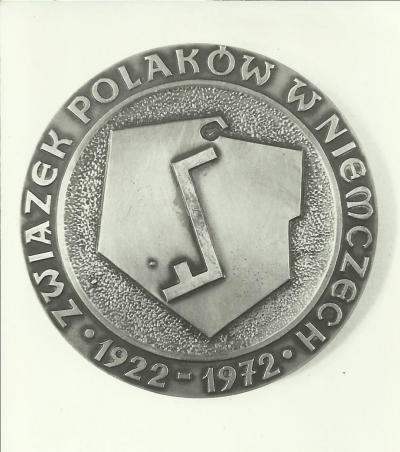
-
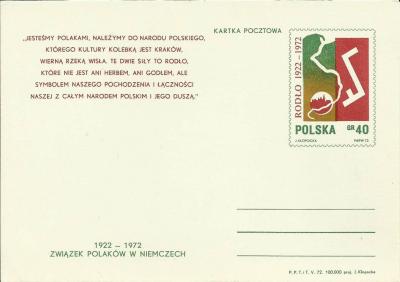
-
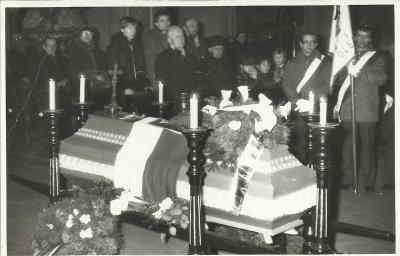
-
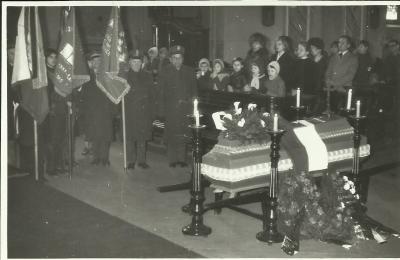
-
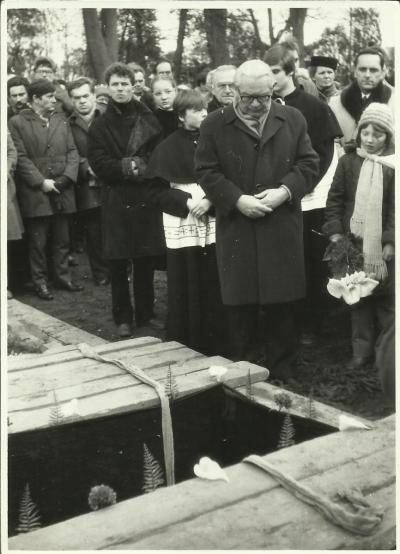
-
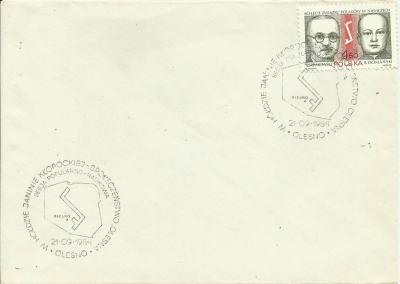
-
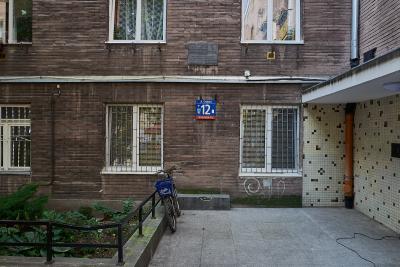
-
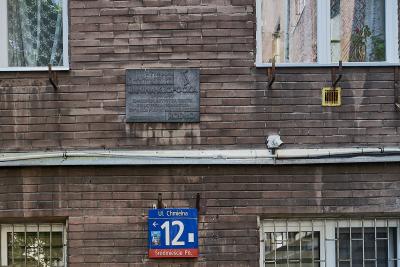
-
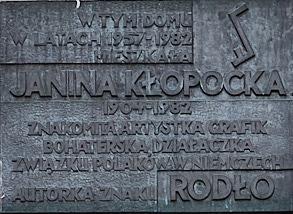
-

Janina Kłopocka - Hörspiel von "COSMO Radio po polsku" auf Deutsch

In 1975 Janina Kłopocka recalled the events surrounding her creation of the famous emblem in the following words:
“I remember the first meeting in the boardroom of the Berlin headquarters of the Union of Poles in Germany in Potsdamer Straße. Dr Jan Kaczmarek was very concerned about the completely new situation facing the Poles in Germany following Hitler’s seizure of power. The general anxiety demanded decisive measures. (…) Dr Kaczmarek decided that we must have our own national emblem. (…) When I asked him what this emblem should look like I received no answer. (…) But Dr Kaczmarek remarked that it had to be a typically Polish sign, familiar to Poles and their country. After a short period of consideration he added that it had to be so simple and so direct that any child could recognise it easily and draw it on a wall or in sand.”
There followed many days of hard work and after completing several versions Kłopocka decided to use the River Vistula as her motif.
She later recalled the Vistula as – yes, a line, a little bit bent. I drew it in several versions and somehow succeeded but that was just the beginning. I had to extend it in some way and add something else to the Vistula, something that would confirm that we were Poles. Maybe a part of Warsaw? (…) Dr Kaczmarek took a long look at my design before smiling and saying, no, no that would just be the icing on the cake. Warsaw is the capital, the political centre of Poland. The Germans would quickly recognise it and forbid us to use such an emblem (…) I recalled the beginnings. The Vistula, that’s also Kraków and Kraków is in turn the Wawel Castle, the cloth halls, the Mariacki Church, i.e. the cradle of the state and Polish culture. Agreed, but how should that be presented? Nobody, neither an adult nor a child would be able to copy such well-known sites”.
Several days later:
Just as previously with Warsaw, I now wanted to mark in Kraków with a small diagonal line but learnt that it would be too rash to use such a emblem because it would remind people of the sword of Bolesław Krzywousty (Bolesław III, Wrymouth) and thus of the war with Germany. So that idea came to nothing and I decided to do without the half line and make another design. The final one (…). It’s a unique emblem. An emblem that has played an extraordinary role in the life of 1,500,000 Poles in Germany, Poles who remained true to the land of their fathers and were ready to place themselves at its service. – At the start the Germans did not understand what the emblem represented. Some of them even thought that it was half a swastika. Others who realise that it referred to the Vistula spoke of us as the Vistula brothers.

















































































